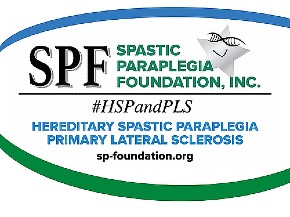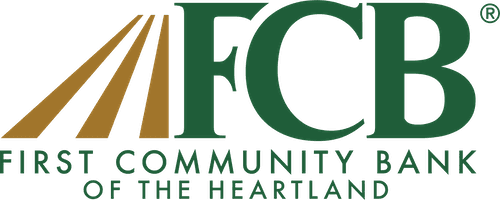What are the symptoms?
The hallmark of HSP is progressive difficulty walking due to increasingly weak and stiff (spastic) muscles. Symptoms appear in most people between the second and fourth decade of life, but they can start at any age. Initial symptoms are typically difficulty with balance, stubbing the toe or stumbling. Changes begin so gradually that other people often notice the change first. As the disease progresses, canes, walkers and eventually wheelchairs may become needed, although some people never require assistive devices. Other common symptoms of HSP are urinary urgency and frequency, hyperactive reflexes, difficulty with balance, clonus, Babinski’s sign, diminished vibration sense in the feet, muscle spasms, and congenital foot problems such as pes cavus (high arched foot). Some people may experience problems with their arms or fine motor control of their fingers but for most people, this is not significant. Most people with HSP have uncomplicated HSP. There are also rare, complicated forms, which have additional symptoms, such as peripheral neuropathy, ichtyosis (a skin disorder) epilepsy, ataxia, optic neuropathy, retinopathy, dementia, mental retardation, deafness, or problems with speech, swallowing or breathing. These symptoms may have other causes though, unrelated to HSP. For example, someone with uncomplicated HSP may have peripheral neuropathy caused by diabetes.
Our Impact since our inception...
-
Dollars Raised
Over 12,000,000 dollars for research!













